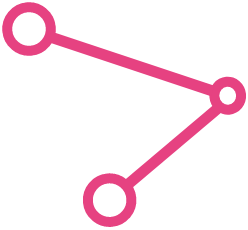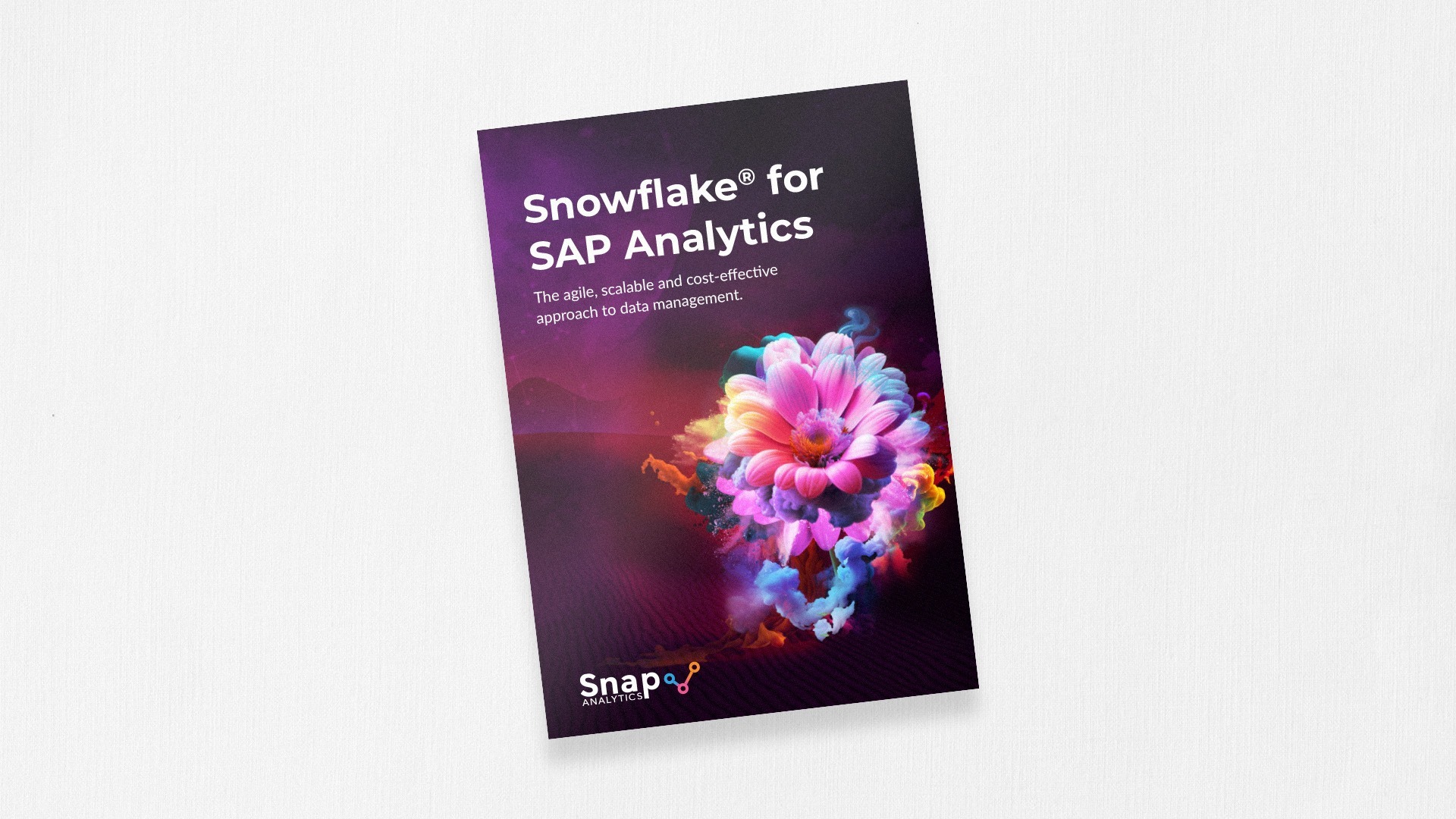
Make your SAP data flourish with expert services and modern cloud data platforms

SAP is a global leader in the enterprise application market with 77% of the worlds transactions (by revenue) touching an SAP system at some point. Yet SAP data can be difficult to access and understand, with skills in SAP hard to come by. Snap’s team of experts collectively have over 100 years of SAP experience and can help to deliver the right solution to connect both SAP and Non-SAP data in your modern cloud data platform. With Snap’s accelerators to automate the ingestion and transformation of SAP data, time to value from raw data to insight is significantly reduced. Get in touch to find out more.


An exploration into why an increasing number of organisations are choosing Snowflake over SAP as their preferred data platform. Enter your details to download our free ebook.
"*" indicates required fields
SAP Data Platform Stratergy: The many solutions for unlocking AI and analytics on SAP data can be daunting. We can help you explore a range of options and ensure you have the right people, processes and technology to ensure your AI and analytics projects are successful.
Seamless Data Movement: Moving data from SAP to cloud platforms like AWS and Snowflake can improve agility, reduce costs and unlock new opportunities. Once you’ve selected the right cloud platform for your business, we help you to seamlessly integrate and connect both SAP and Non-SAP data into your data platform in the most efficient, secure and scalable way. We then help you transform that data using our automated frameworks and extensive SAP expertise.
New Insights and AI solutions: With the latest cloud data visualisation and AI tools, we unlock new opportunities with your connected enterprise data. Working closely with business users, we help you to identify and deliver use cases that deliver valuable strategic outcomes.

“We needed to unlock our SAP data. The right partner had to have the right knowledge, but also be a good cultural fit and work with us as part of our team. We needed some thought leadership, and we needed to be challenged, and we got all of those things with Snap.”
Darren Sloan (IT Director @ Premier Foods)
Enterprise Resource Planning (ERP) is a software system that helps you run your entire business, supporting automation and processes in finance, human resources, manufacturing, supply chain, services, procurement, and more. Different vendors sell different ERP solutions, such as Oracle (ERP Cloud / NetSuite, IFS, Microsoft (Dynamics). SAP provides the world's most widely used ERP solutions, SAP ECC (which is due to go out of support in 2027) and SAP S/4HANA. SAP's ERP systems can run on premise, in the cloud and be used as a Software as a Service (SaaS) solution.
SAP ERP has been around since 1972. The data structures in the SAP ERP system still reflect the limitations of technology from that time: Table names and field names are very short (as there was limited memory available) and cryptic. The origin of SAP is in Germany, and many abbreviations used for field names and table names are based on the German words. Over the years, SAP have developed many proprietary technologies for extraction and communication as open standards were simply not available yet. Building an analytics solution for SAP ERP systems requires a good understanding of the SAP table structures and interfaces. Most other ERP systems have a data model based which is more descriptive, using English words instead of German abbreviations, and use open protocols for interfacing (JDBC, Database CDC and REST APIs).
Your SAP license is an agreement between the customer (you) and SAP. There is no generic answer to this question. In doubt, check with your legal team and check with your SAP representative.
There are usually license constraints that apply. You can find an article on the Snap blog which explains the most common considerations with regards to licensing.
At Snap Analytics, we want to ensure our customers find the solution that is best for them. Sometimes an SAP data & analytics platform is best for the customer, sometimes we think a customer is better of using non-SAP technology for data & analytics.
SAP have made great progress with modernising their data & analytics solutions, with SAP DataSphere and SAP Analytics Cloud. We are proud to have certified SAP consultants who can help you with your SAP data & analytics projects.

Get in touch with one of our data gurus to understand how our expert SAP data services can help you to drive efficiency, growth and sustainability within your company.
Sign up for news, insights & opportunities
"*" indicates required fields